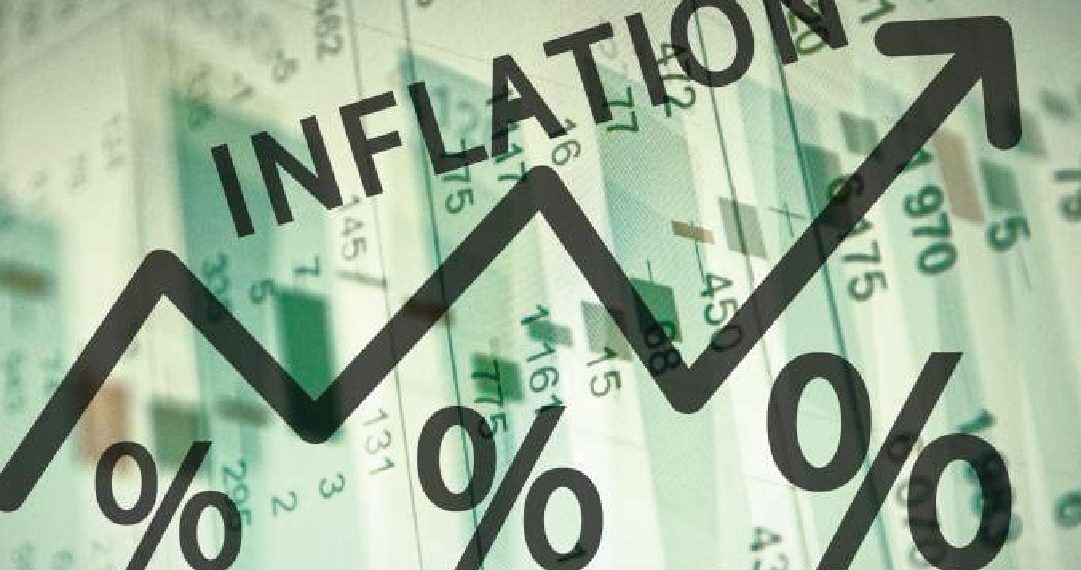In a recent development, the official foreign exchange market in Nigeria, known as the Nigerian Autonomous Foreign Exchange Market (NAFEM), reported a significant decline of 14.96% in turnover, falling to N3.66 trillion ($4.66 billion) in October from the previous month’s N4.15 trillion, according to the latest Financial Markets Monthly Report released by FMDQ, the market’s regulatory body.
The report highlighted that the US dollar exhibited strength against the naira in October, causing the spot exchange rate to appreciate by 5.34%, reaching an average of N797.43 compared to September’s N757.02. Notably, this marked the lowest level of naira depreciation since the Central Bank of Nigeria’s harmonization of foreign exchange market segments in June.
Exchange rate volatility also witnessed an uptick in October, as the naira fluctuated within a range of N741.85 to N993.82, compared to the N722.39 to N780 range recorded in the previous month.
Meanwhile, the total spot market turnover for all products traded in the secondary market in October amounted to N20.48 trillion, reflecting a 4.02% month-on-month decrease (N0.86 trillion) from September figures. This decline was attributed to decreases in both the Money Market and Foreign Exchange, which overshadowed the 29.04% month-on-month increase (N2.68 trillion) in fixed income turnover.
Further analysis of the data revealed that the decrease in money market turnover was driven by declines in Repos/buy-backs and unsecured placement/takings transactions. Conversely, the appreciation in fixed income turnover was fueled by month-on-month increases across all fixed income products, with the exception of treasury bills and Federal Government Bonds, which experienced decreases during the review period.
In terms of secondary market turnover on the FMDQ Exchange, October recorded a total of N21.70 trillion, indicating a 6.75% month-on-month decrease to N1.57 trillion. However, on a year-on-year basis, there was a substantial increase of 60.27% when compared to figures from October 2022, signaling the market’s resilience and growth over the past year.














